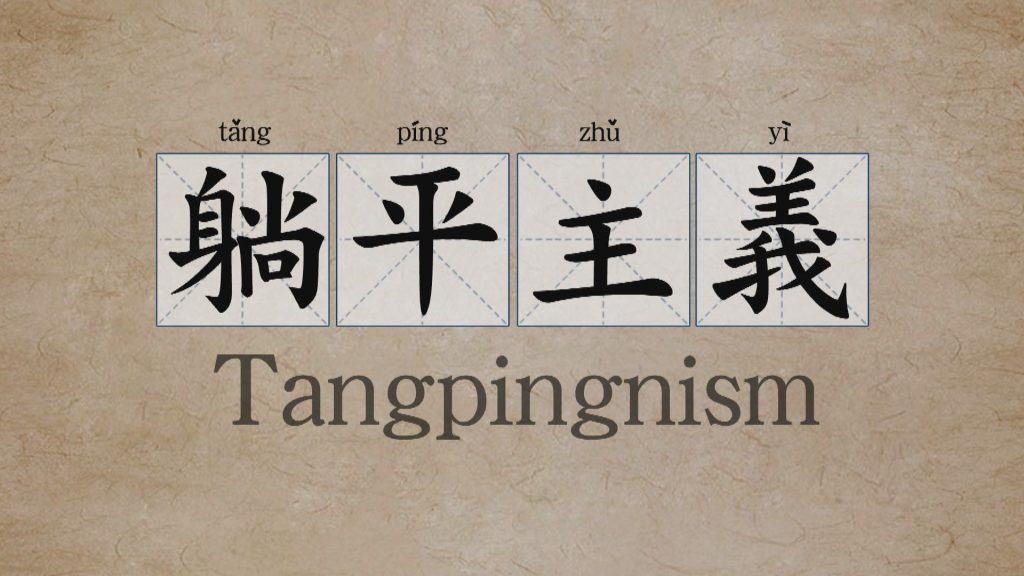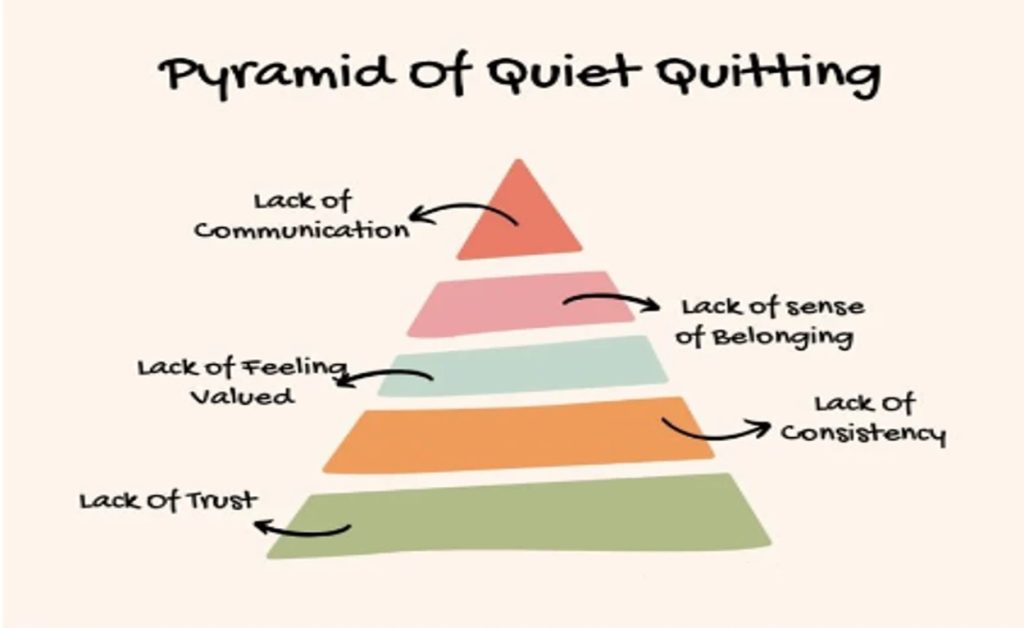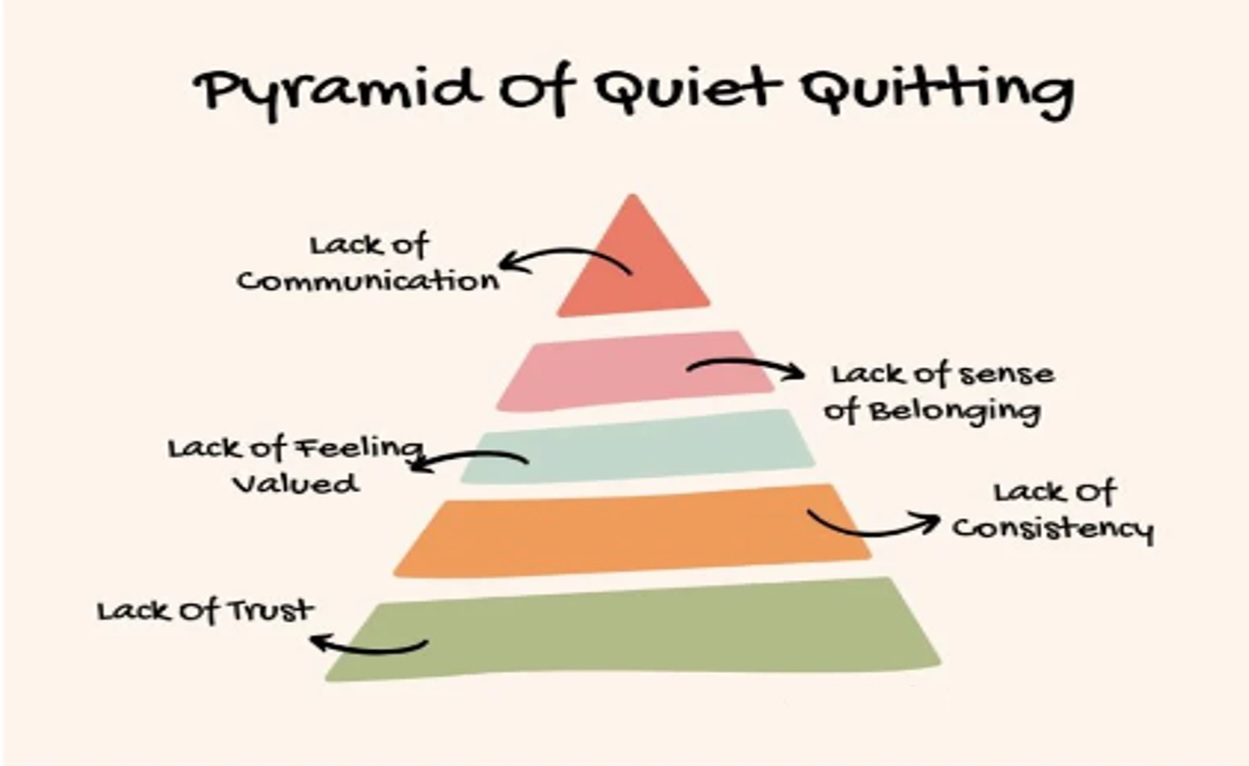Quiet Quitting is the commonly discussed buzzword today with the HR Fraternity. A lot has been spoken about the Great Resignation however that is a very myopic approach to managing Talent. Silent Resignation or Quiet Quitting as it is called in recent times much precedes before the any employee makes the final decision to resign.
Like the Pandemic, this phenomenon also finds its origin to China and the trend was referred to as “tang ping” 躺平 or “lying flat”. This is nothing but a slow protest where employees refuse to overwork or succumb to pressure.

The causes of this behavior include employees feeling that their work is not getting enough appreciation or recognition from the company, both material and non-material, or because the workload is too high, causing employees to feel exhausted to the point of burnout. Blurred boundaries between work and personal life can also be a driving factor for this behavior, because someone is often still busy with work matters outside of working hours or even during holidays. Often here it means when something like this happens repeatedly, not only because of an emergency.
In order for this employee behavior to be anticipated quickly and accurately by the organization, it is necessary for the organization to recognize early on the occurrence of this behavior in its employees. Some of the characteristics of employees who are starting to engage in quiet quitting behavior include:
- Not willing to do work outside of their main job.
- Going home from work on time and avoiding overtime.
- Working according to their portion.
- Not wanting to deal with work or answer questions about work obligations during holidays.
- Losing interest in becoming an outstanding employee in the company.
- Passive during meetings or certain discussions related to work.
- Rarely attending events organized by the company.
The debate in this case is that not everyone agrees with the phenomenon of quiet quitting, including according to workplace politeness expert, Pattie Ehsai, stating that you will not succeed in the workplace with such behavior. However, seen from another perspective, this phenomenon cannot be said to be completely wrong because it will actually create clearer boundaries between work life and personal life and more broadly, can realize work life balance. But it cannot be denied that this behavior also has the risk of harming the organization。
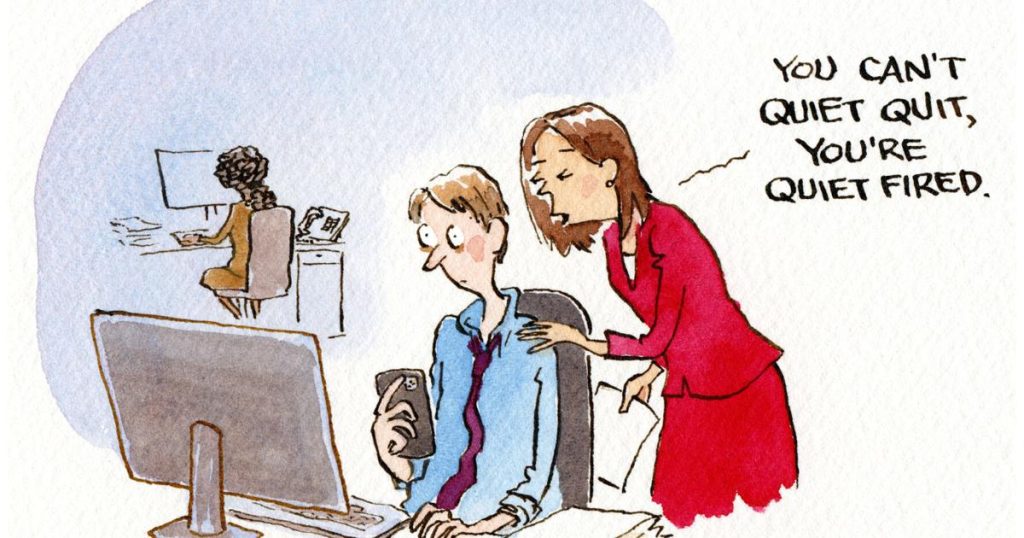
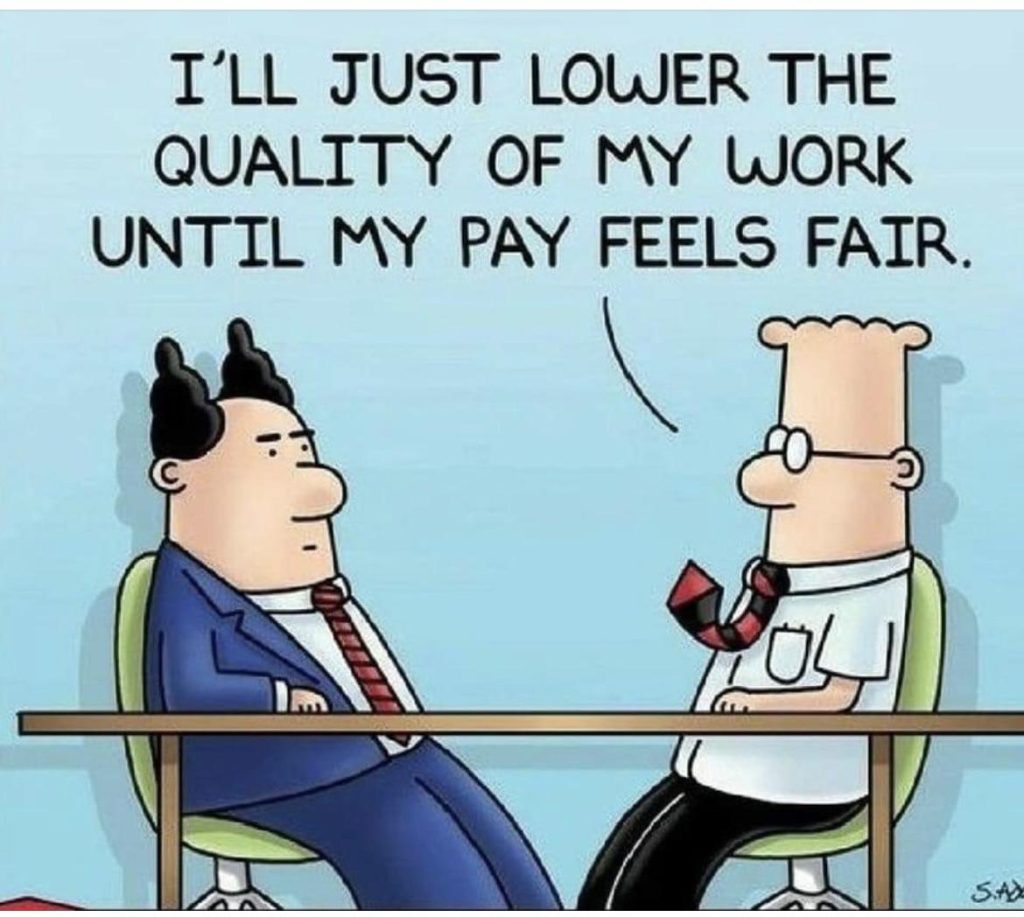
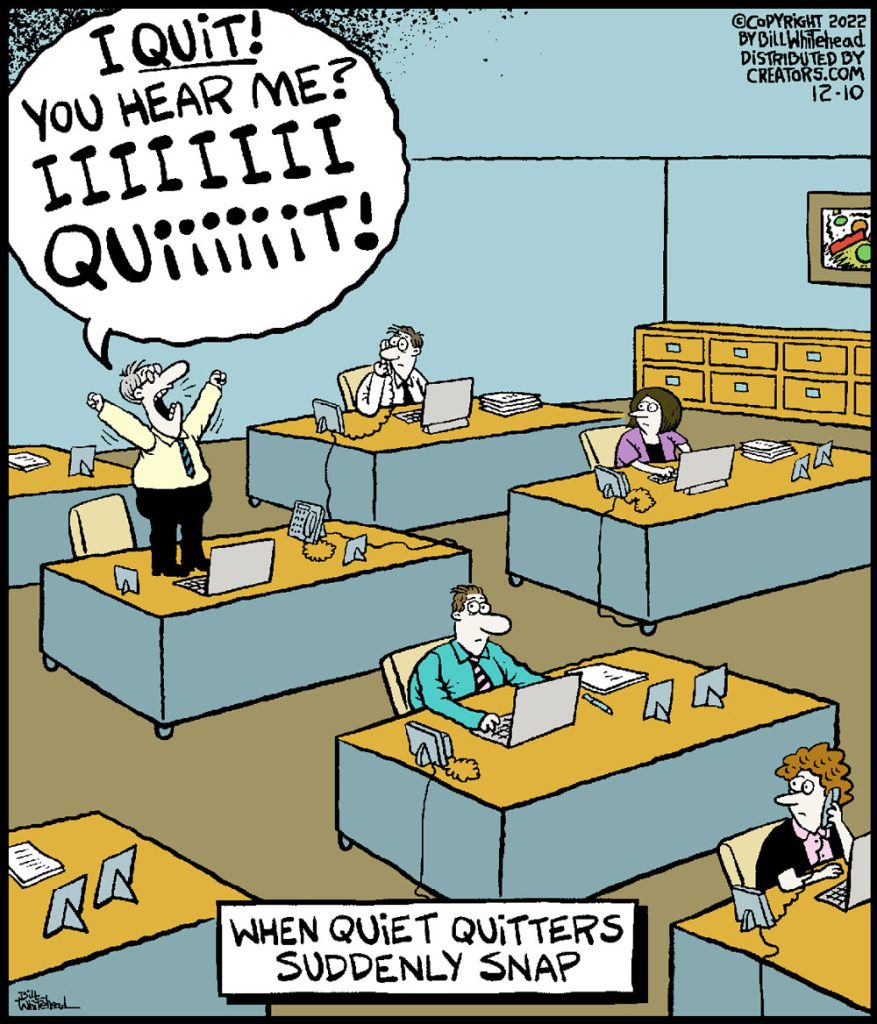
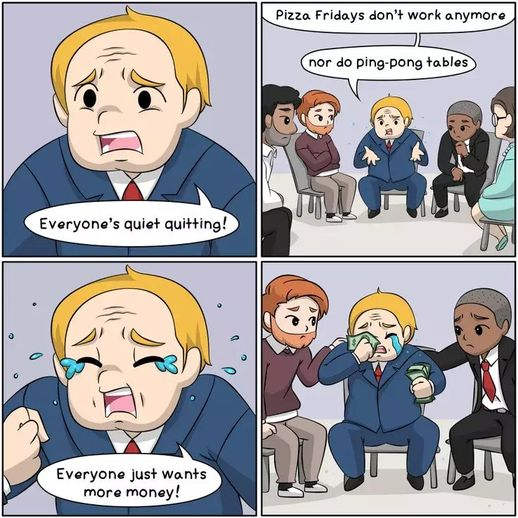
Having observed the trend of resignations with a few organizations and some insightful discussions with peers; I have identified classic behavioral patterns in this Quiet Quitting phenomenon. Employees go through 3 classic phases of transition before the ultimate plunge of Resigning. The three stages are as below:
1. Emotional Stage of Quitting: All humans are emotional beings and employees who feel that their expertise and experience is no more valued in workplace often give in to emotional low. At this stage the employee is confused as to what is happening with them and are not able to arrive at conclusive understanding on what to do next. There is an internal conflict between wanting to stay and deciding to move on.
2. Mental Stage of Quitting: Disengagement on a chronic basis indicates that employee is evaluating his / her sustenance at work place. Employees continue to remain active contributors of their work but are mentally no longer committed to the hustle culture. There is a conscious effort to avoid work stress. Employees have internalized the fact that they are no longer enjoying their engagement with the current organization.
3. Physiological Stage of Quitting: This is the most visible of all stages; where employees openly expressing their discomfort and willingness to move on. Employees no more want to shy away from accepting that they are actively exploring options outside of workplace. A very cliché yet commonly used phrase by employees at this phase; ‘itna paise mein itnaich milega”
